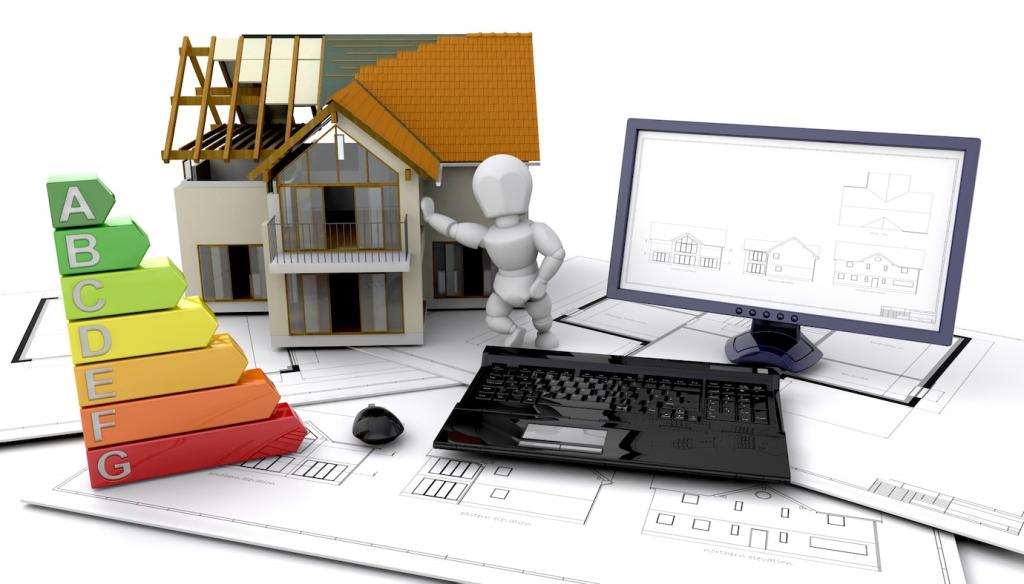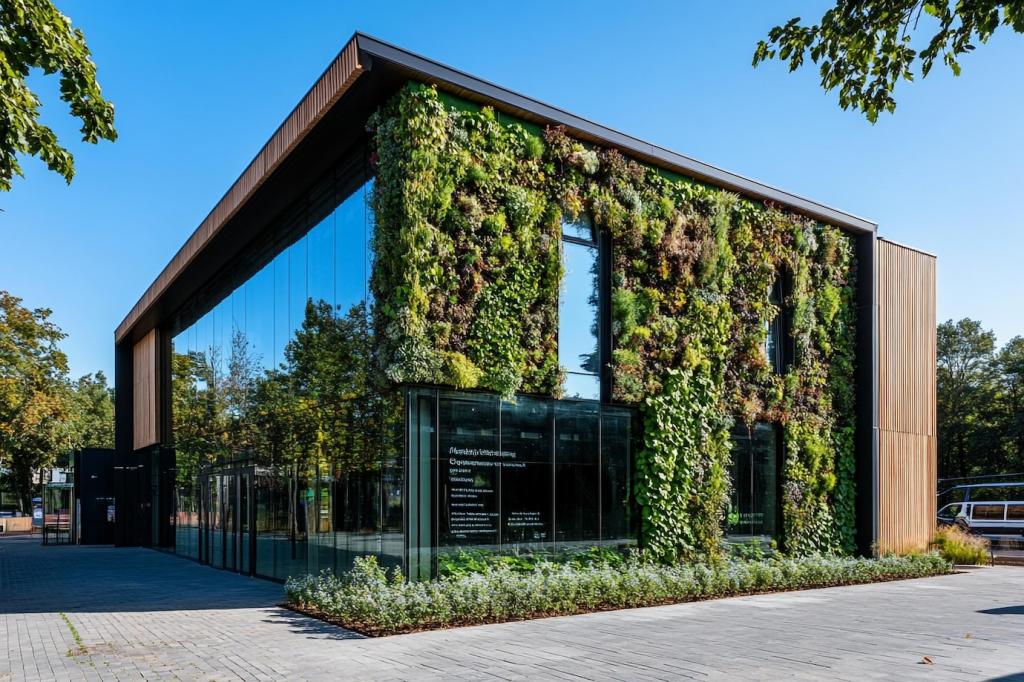Smart Home Systems for Energy Efficiency
Smart home systems represent the forefront of modern living, offering homeowners the ability to enhance comfort, convenience, and security while minimizing energy consumption. By integrating intelligent technologies throughout the home, these systems use automation and real-time data to optimize how energy is used, significantly reducing costs and environmental impact. Understanding how smart home systems work and the ways they contribute to energy efficiency empowers individuals to make informed decisions about upgrading their living spaces, resulting in long-term financial savings and a smaller carbon footprint.

Intelligent Climate Control
Smart thermostats have revolutionized the way households manage their heating and cooling. These devices learn daily routines and preferences over time, automatically adjusting the temperature when rooms are unoccupied or when users are away. This intelligence helps prevent unnecessary energy expenditure, which often happens with conventional thermostats left at static settings. The result is not only a lower energy bill but also a more comfortable home environment tailored to the lifestyle and habits of its occupants. Over months and years, automated thermostat adjustments can translate into substantial cost and resource savings.
Zonal climate control divides a home into different areas, each with independent temperature management. Smart vents, sensors, and connected devices work together to deliver heating or cooling specifically to occupied zones, avoiding the wasteful practice of regulating empty spaces. This targeted approach to energy use ensures that comfort is localized, and homeowners only spend energy where it is most needed. As a result, energy consumption is optimized, and occupants enjoy a more balanced and pleasant ambient temperature in all living spaces.
By connecting smart home systems to real-time weather services, advanced climate control can further refine energy use. These systems dynamically adjust heating or cooling settings based on external temperature, humidity, and even solar gain predictions. Such integration ensures maximum efficiency by preemptively reacting to changing conditions, like an impending cold front or unexpected heatwave. In turn, this proactive approach prevents overuse of HVAC systems, safeguarding both the budget and the planet.
Previous
Next
Lighting Automation and Optimization
Smart lighting systems enable adaptive schedules that align with daily activities and routines. Using customizable timers and sensors, these systems automatically turn off lights when rooms are unoccupied and adjust brightness levels throughout the day. Adaptive scheduling ensures that lights are only used when necessary, eliminating the common issue of lights being left on unintentionally. By synchronizing artificial lighting with the occupants’ real-world movements and needs, energy savings are immediate and lasting, without sacrificing comfort or visibility.

Previous slide
Next slide
